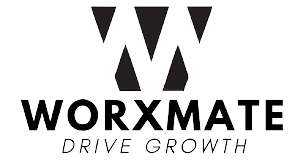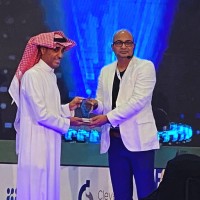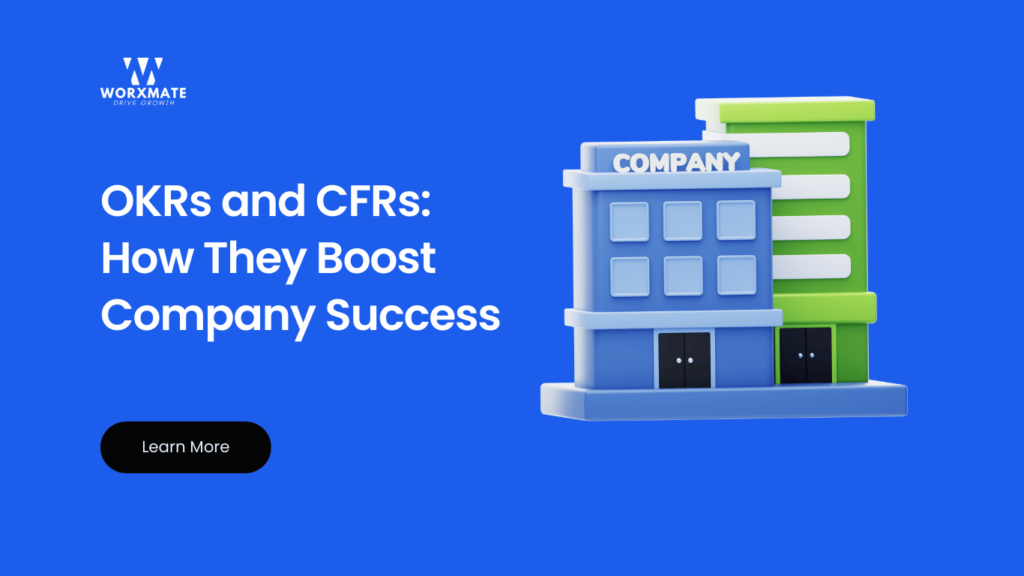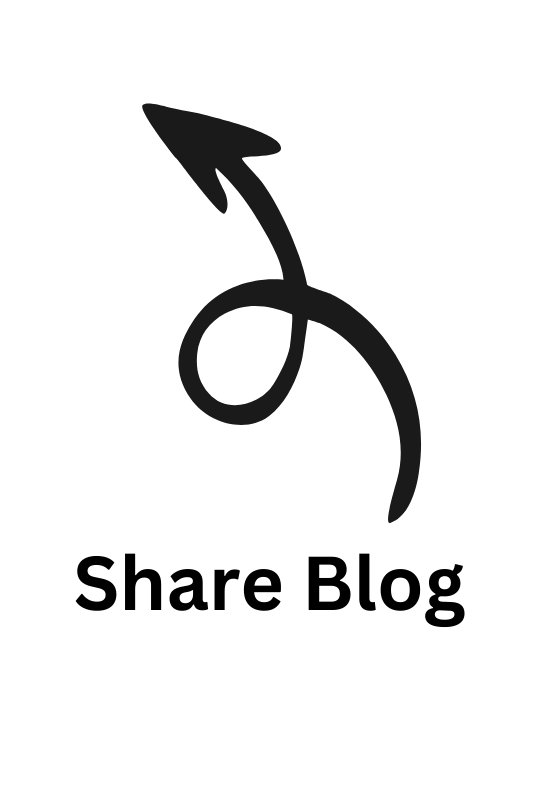Ahead of the dynamic corporate market lies success that is more than just visionary but calls for a systematic approach to goal planning and achievement.
Successful businesses realize that they cannot compete with other businesses in future if they do not have clear objectives.
John Doerr, author of Measure What Matters, argues that Objectives and Key Results (OKR) coupled with Conversations, Feedback, and Recognition (CFRs) are useful in this organizational transformation process by which companies define and determine success.
A study by Gallup found that organizations with high employee engagement levels experience 21% greater profitability. Let us consider how these two coincide in making goals attainable in companies.
What is OKR?
Objectives and key results or OKRs are a goal setting process used by organizations to define their objectives as well as monitor the outcomes.
Objectives are qualitative goals which outline what needs to be accomplished, while Key Results consist of quantifiable milestones showing progress towards those objectives.
OKRs enhance organizational clarity, alignment, and focus by helping groups choose which activities are most important to them, keeping score of how they are doing and ensuring they have impactful results.
They spur aggressive goal setting as well as foster transparency and accountability in the business leading to growth and success.
What is CFR?
CFR is short for “Conversations, Feedback, and Recognition” – a framework employed in businesses to enhance on-going communication, convey constructive criticism and reward individual team members.
Conversations involve ongoing dialogues that guarantee congruence among all stakeholders regarding challenges. Feedback is about timely judgments of output that help persons improve themselves.
Celebration marks an achievement thus boosting motivation with the work environment being made conducive. Collaboration brings together teamwork throughout the company including its different departments while involvement promotes ongoing development within teams and across the whole organization.
The Relationship between OKRs and CFRs:
Alignment: Therefore, OKRs help ensure that all people in an organization are working towards the same goals. CFRs at the strategic and individual levels bring about alignment by helping each team member understand their role in achieving organizational objectives.
Accountability: Similarly, Key Results provide a clear measure for tracking progress and ensuring teams take responsibility for their achievements. By providing room for regular check-ins and discussions regarding goal attainment, CFRs enhance accountability.
Continuous Improvement: Since they create a culture of continuous learning and improvement, CFRs enable organizations to do better. Teams can improve performance through regular feedback provision as well as recognizing achievements made.
Employee Engagement: On the other hand, engaged employees prove to be more productive, innovative, and dedicated to a firm’s prosperity.
Employee engagement is enhanced when OKRs and CFRs allow employees to develop relevant objectives and receive constant feedback while also making them feel appreciated for what they do.
Adaptability: The current corporate world requires companies to be flexible if they are to remain competitive. Hence OKRs as well as CFRs enable organizations to be free with their goals and strategies whenever market situations change so that they can successfully go through change.
Benefits of Combining OKRs and CFRs
- Keeps focus on crucial Priorities
- Improves company’s alignment
- Develops engagement among employees
- Creates a positive work culture
- Increases Productivity

Conclusion:
To put it briefly, the synergies between OKRs and CFRs are indispensable to corporate revolution and goal attainment. OKRs foster alignment, responsibility, process enhancement, employee motivation, as well as adaptation within organizations.
Conversely, CFRs act as perfect compliments to OKRs given that they promote interactive communications, feedback loops, recognitions for achievements made in teams and perpetual learning processes.
In this regard OKRs and CFRs complement each other in developing an integrated plan of action that will ensure a high level of performance is achieved through a culture of transparency and accountability which fosters effective contribution to the achievement of organizational goals in a dynamic business environment.
Ready to transform your business with OKRs and CFRs? Discover how our comprehensive OKR solution can drive alignment, accountability, and success in your organization. Start your journey today!



